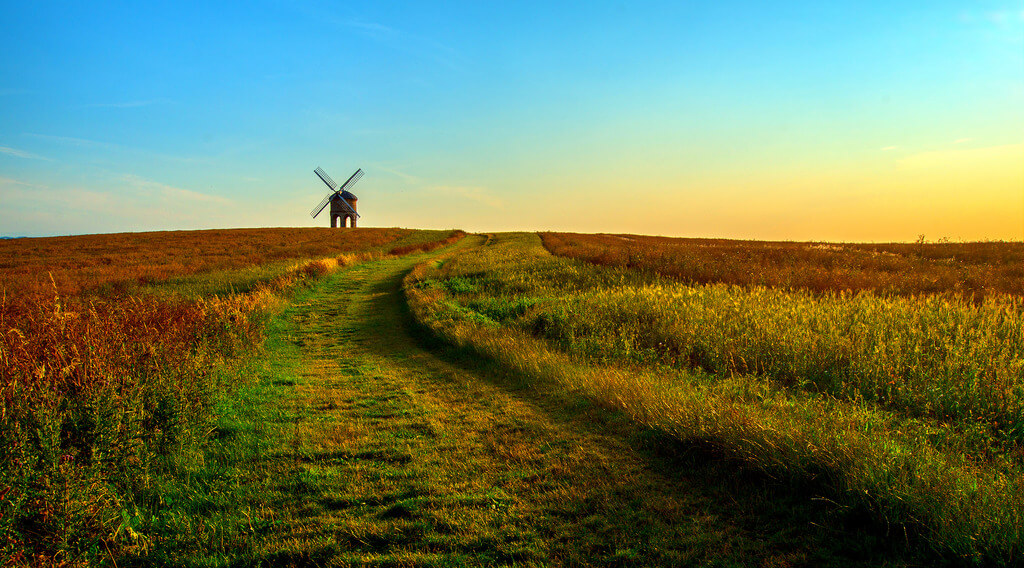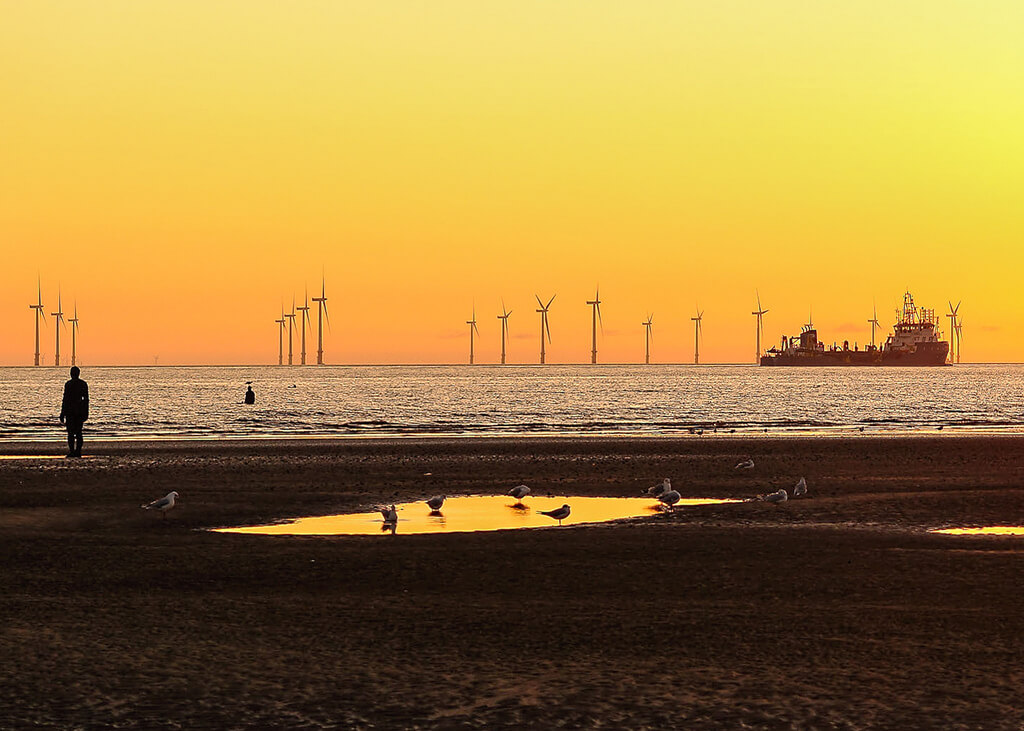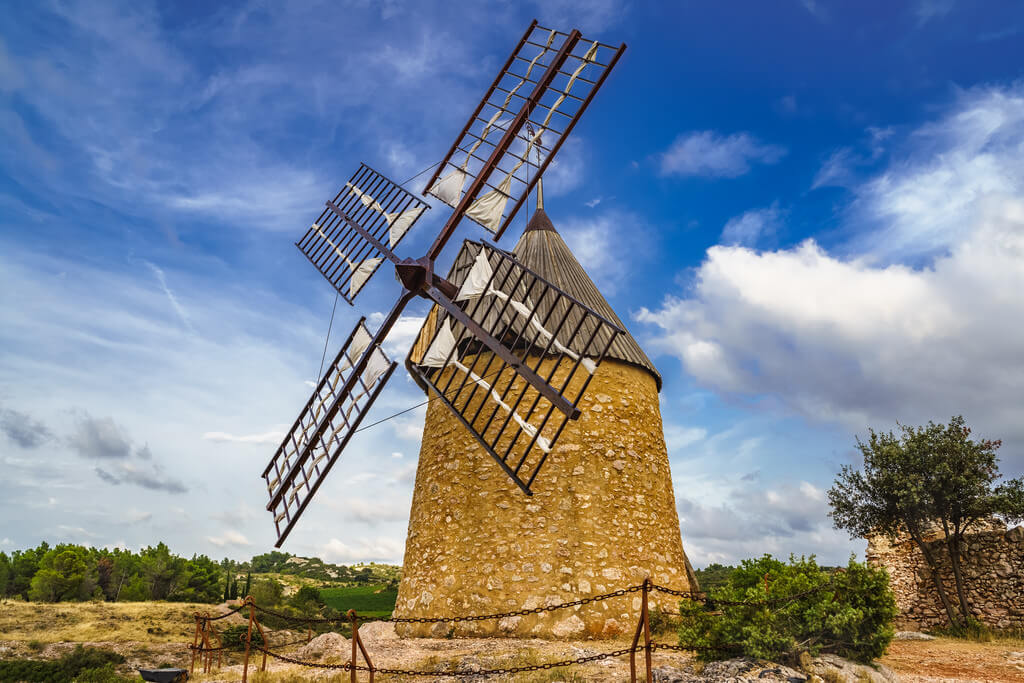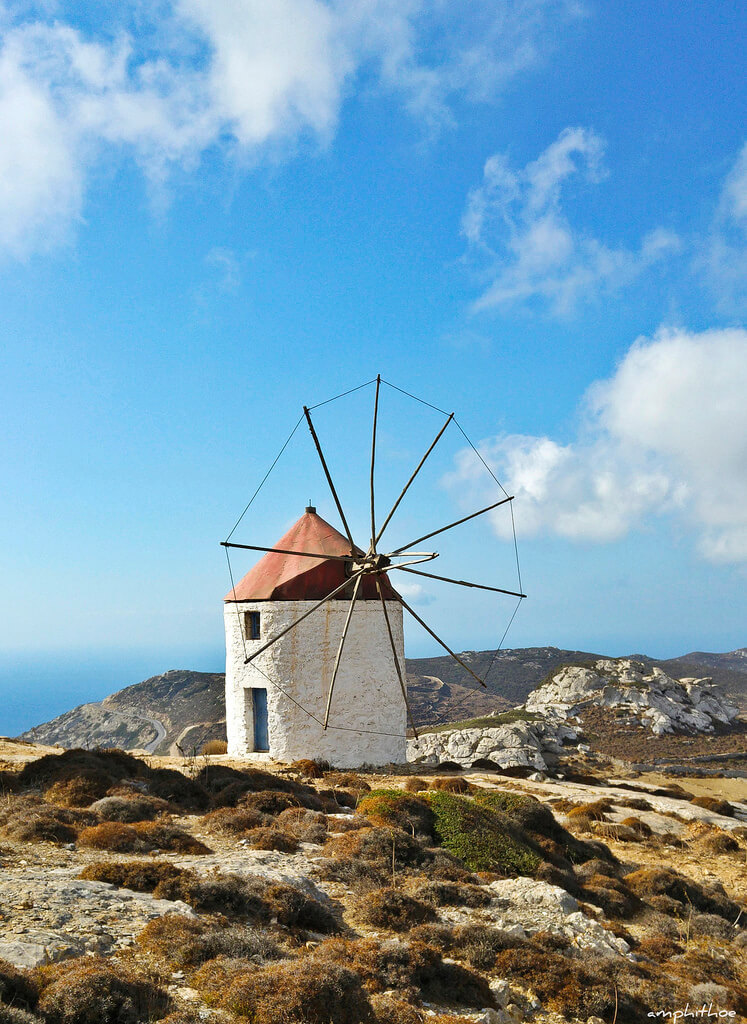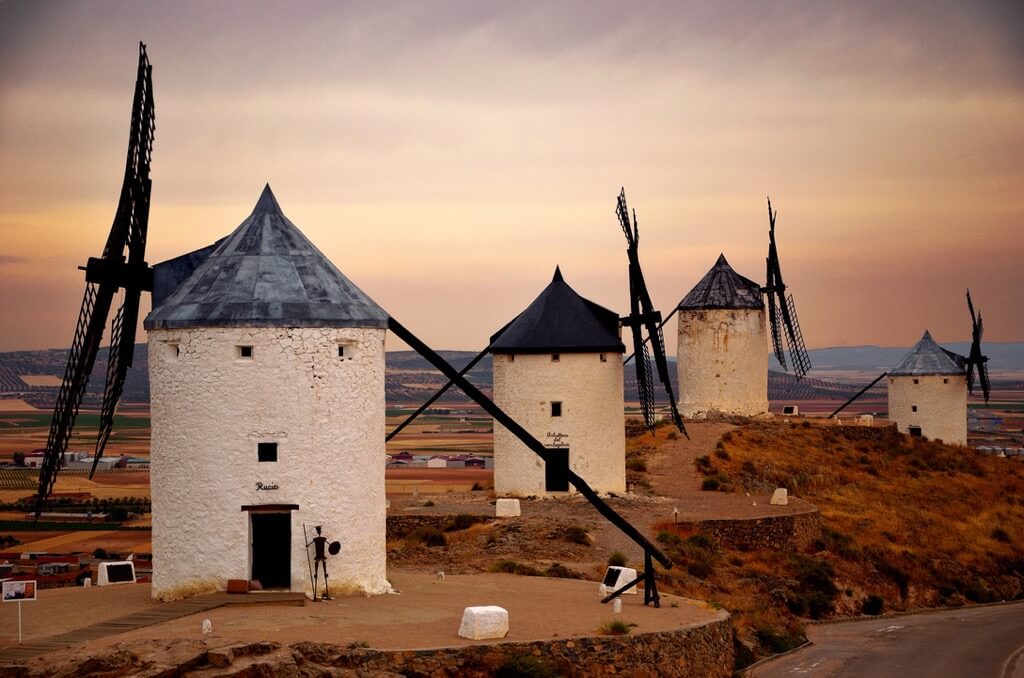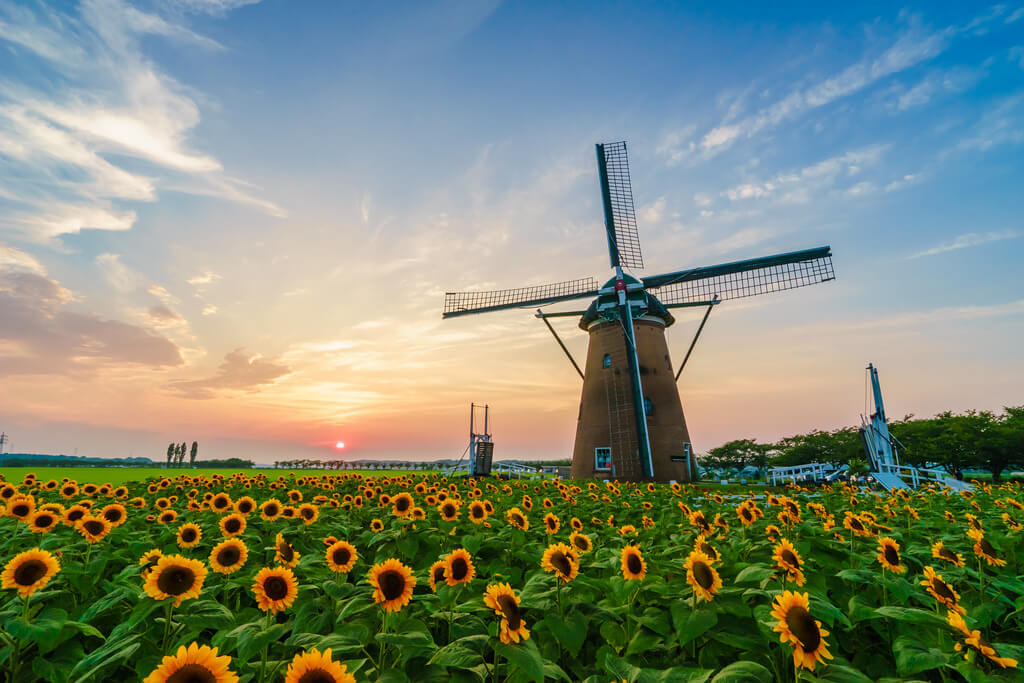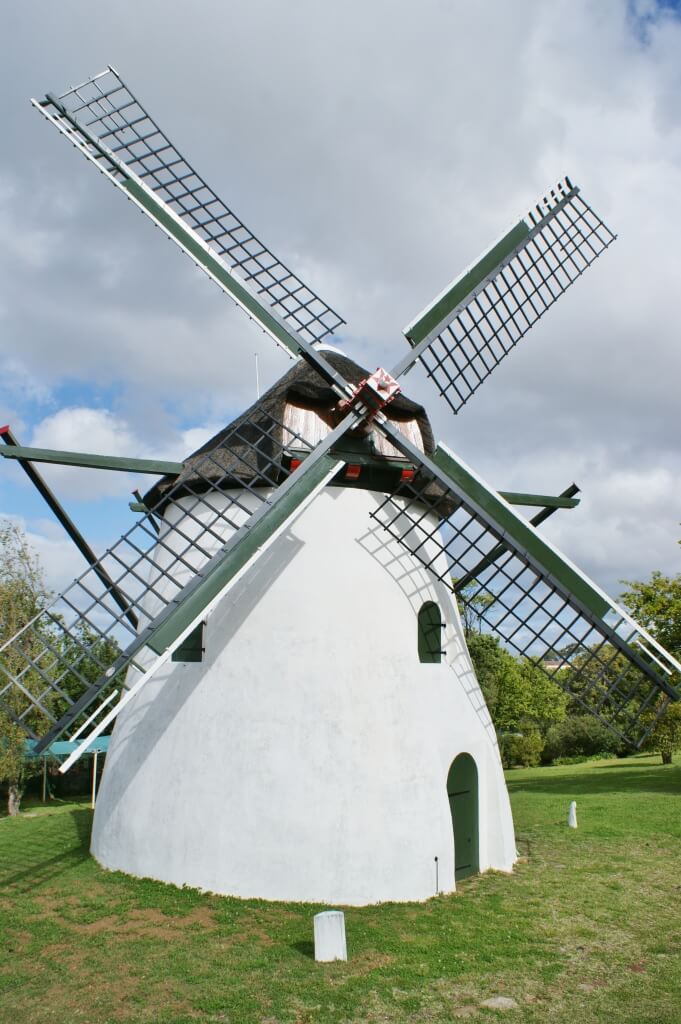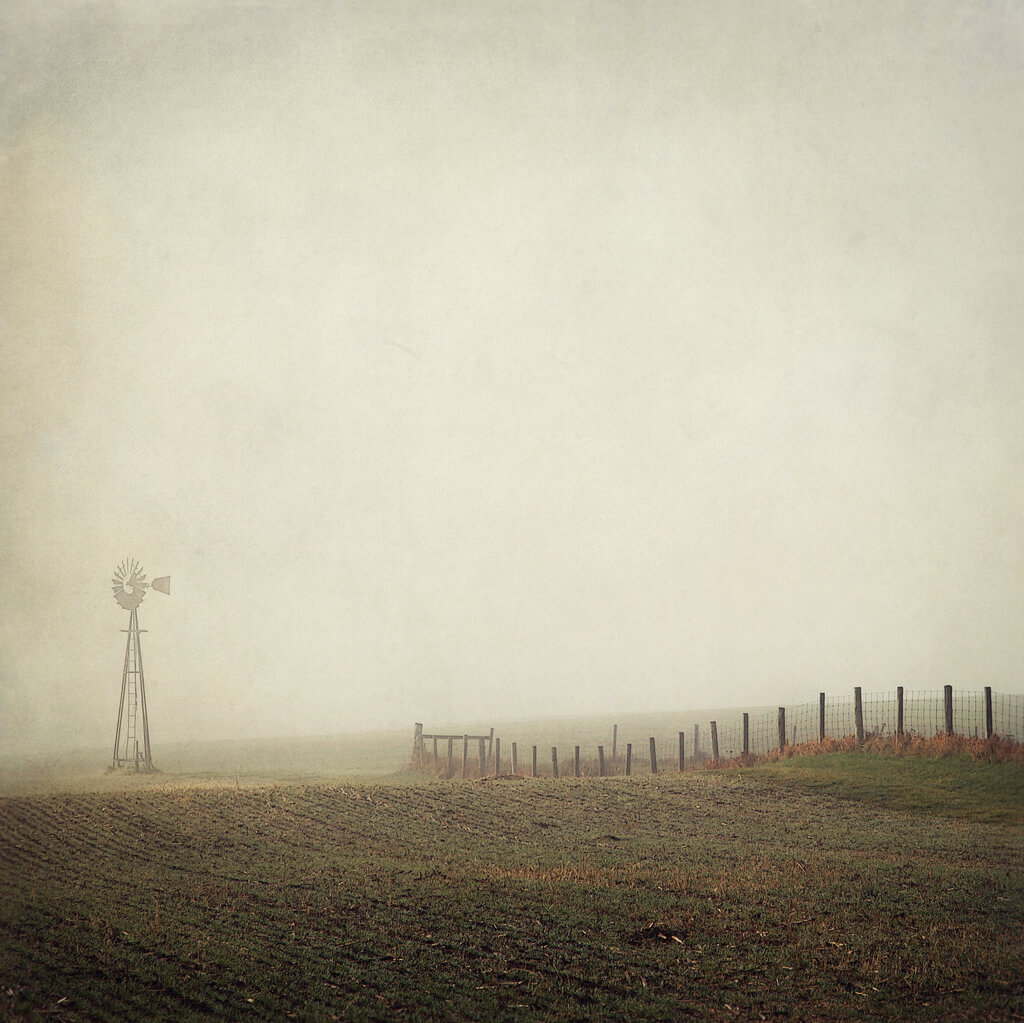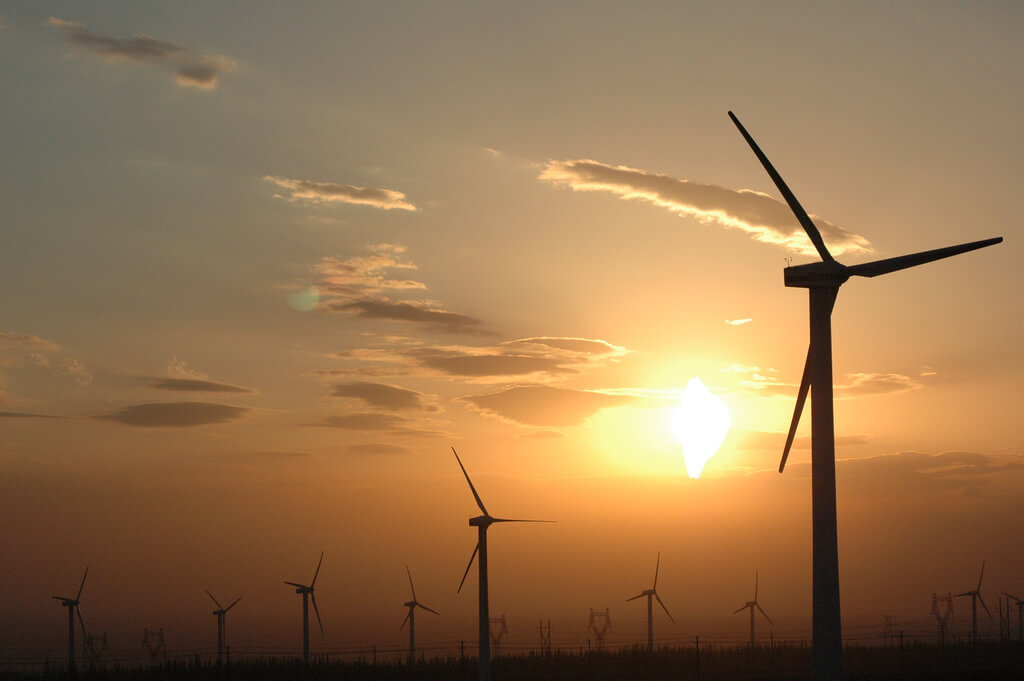Windmills have existed for centuries. First invented in the Middle East, they were originally horizontal and used for milling grain and pumping water. The vertical windmill that became popular in Europe was invented separately in the twelfth century, also for grinding grain and pumping water. This vertical windmill became the basis for the wind turbines we now recognize, which generate electricity.
Ancient or modern, electric or not, windmills can be spectacular subjects to shoot. Fortunately, you don’t have to travel across the globe to get an excellent windmill photo. You can find photogenic windmills around the world. Thanks to the rising popularity of sustainable energy, windmills have now been built on every continent, including Antarctica.
If you do want to travel far to see windmills, though, here’s a list of 12 countries to consider. All have interesting and beautiful windmills. Of course, there are many more countries with windmills worth seeing. For a more comprehensive list, check out Wikipedia. Otherwise, here are some of the best places to see windmills in the world.
England
England was one of the first European countries to build windmills. They started showing up at the end of the twelfth century and were widely popular by the 15th century. Even after the industrial revolution, when steam mills and engines began replacing windmills, they continued to be built and preserved.
England still hasn’t stopped building windmills, either. Only now, they’re not just on land; they’re in the ocean, too. The largest offshore wind farms in the world are in England. Together with the windmills on land, they produce more than 15% of England’s electricity.
In other words, if you want to photograph windmills, both ancient and modern, England is the place to go. It has an incredible number of historic windmills–so many that Wikipedia has a windmill list just for the United Kingdom. But at the same time, there are many modern wind farms to shoot, too.
Derek Σωκράτης Finch – As the windmills and the heavens turn
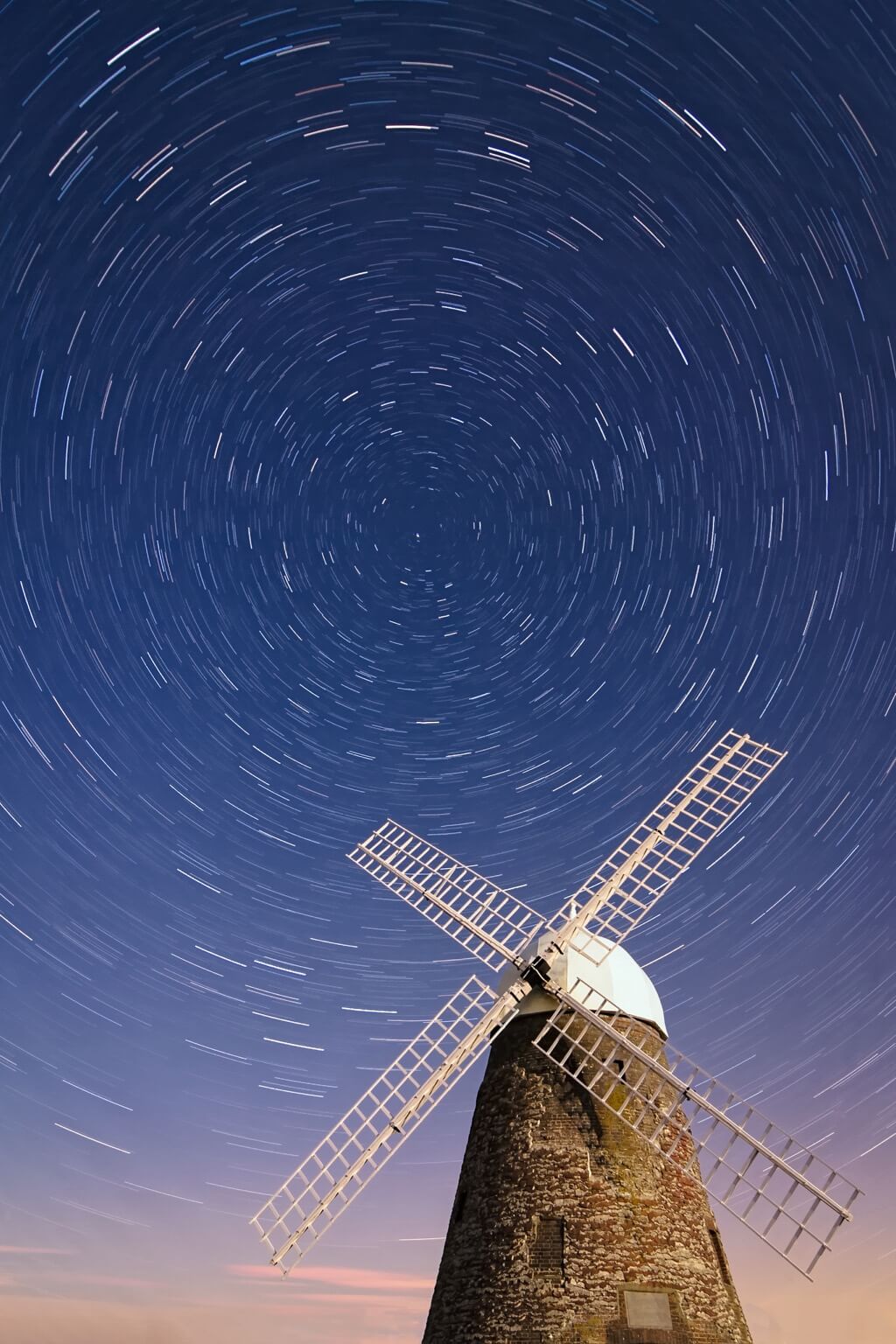
France
Like England, France began building windmills centuries ago and still remains a strong supporter of wind power today. Also like England, there’s a long Wikipedia list of historic windmills in France. While many are no longer in use, some have been restored and repurposed. For example, the famous “Moulin Rouge” in Paris is now an entertainment hall.
France also aims to increase its wind power significantly in the coming years. This goal may be delayed, however. The main problem is where to place the new wind turbines. Although France has a lot of agricultural land available for wind power, there’s strong opposition from local communities, who don’t like having wind turbines close to their homes. For now, then, historic windmills are the best type to photograph in France.
ᗩnne♡J ~ poetic photography – Yes, you can can can..

Greece
Windmills began showing up in Greece in the 12th and 13th centuries, just like England. But while France and England have similar styles of windmills, Grecian windmills look distinct. They were painted white to match the other buildings, and instead of four sails, they have twelve wooden antennae.
These windmills were mainly built in the Cycladic archipelago, where the wind is strong. They were used to grind wheat and barley, which was then transported to other regions or sold to bakeries on the island. Sailers would need to stop to buy rusks at these bakeries, and through this regular income, the Cycladic islands became wealthy.
One of the wealthiest islands was Mykonos, which has preserved 16 of its original 28 windmills. The island even has a bakery that uses a wood oven to produce the same rusks and bread sailers bought centuries ago. If you arrive at the island via the Alefkandra harbor, the windmills will be one of the first things you see. They stand in a row on a hill, bright white against the blue sky. Visiting Mykonos is worth it, if only for that photo.
Jaume Escofet – the sea guardian
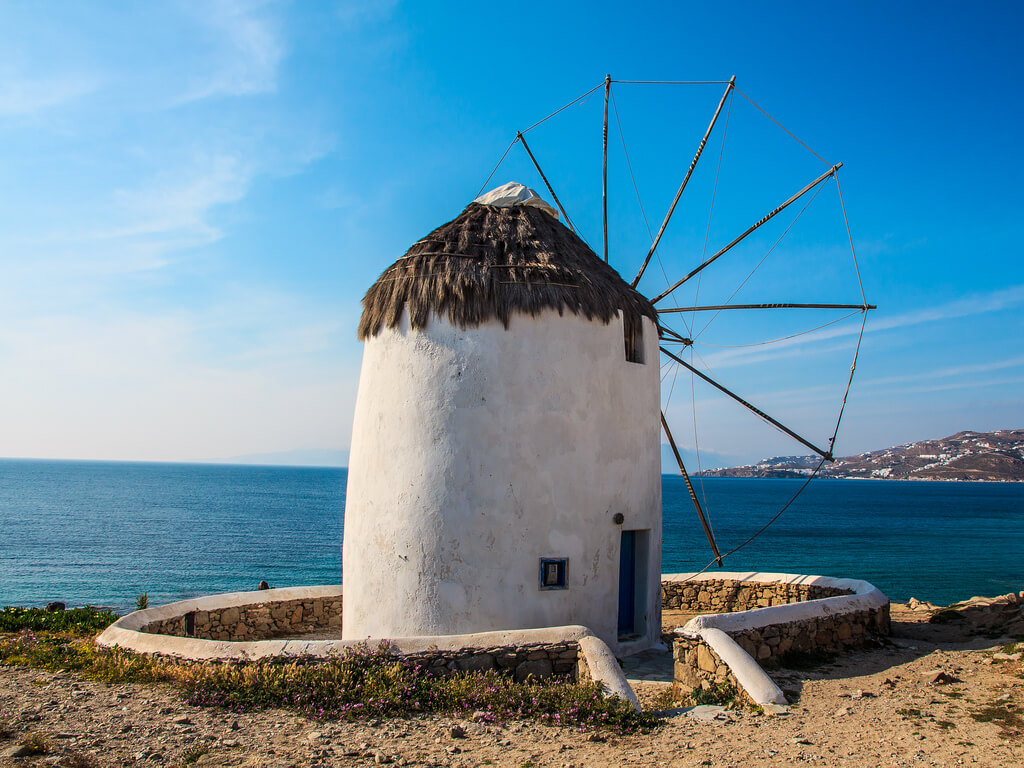
Spain
Spanish windmills have become famous partly due to Don Quixote, a 17th-century Spanish novel about a crazy nobleman who wants to be a knight. At one point in the novel, he mistakes a set of windmills for giants and attacks them on his horse.
Though this story is fiction, the windmills actually exist in Castilla-La Mancha in central Spain. They’ve been carefully preserved, and many now serve as museums. You can easily visit them by following this windmill route. Other regions of Spain have windmills, too–here’s the list)–but the Don Quixote windmills are among the best.
You don’t have to look far for modern wind turbines, either. Spain is one of the top producers of wind power in the world. It’s the second most important source of electricity in Spain. In 2014, about 20% of electricity generated in Spain came from wind power, and on windy days, it’s the number one source of power in the country.
To photograph this power, just visit Tarifa, a windy city surrounded by hills. Hundreds of windmills stand atop these hills. You can walk among them, snap photos, and listen to their incredible sound in the wind.
santiago lopez-pastor – Campo de Criptana
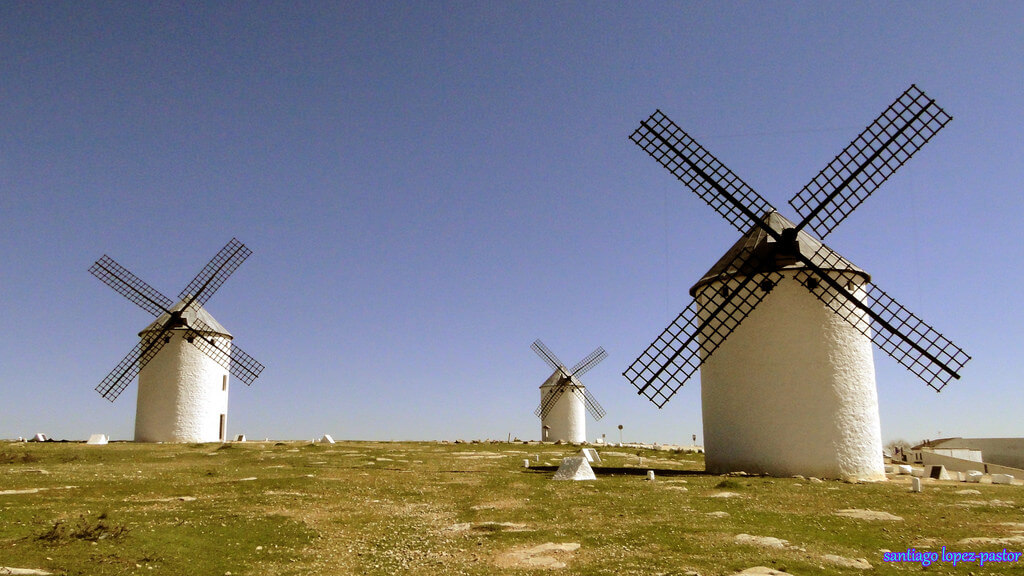
Mark Chinnick – Tarifa Windmills
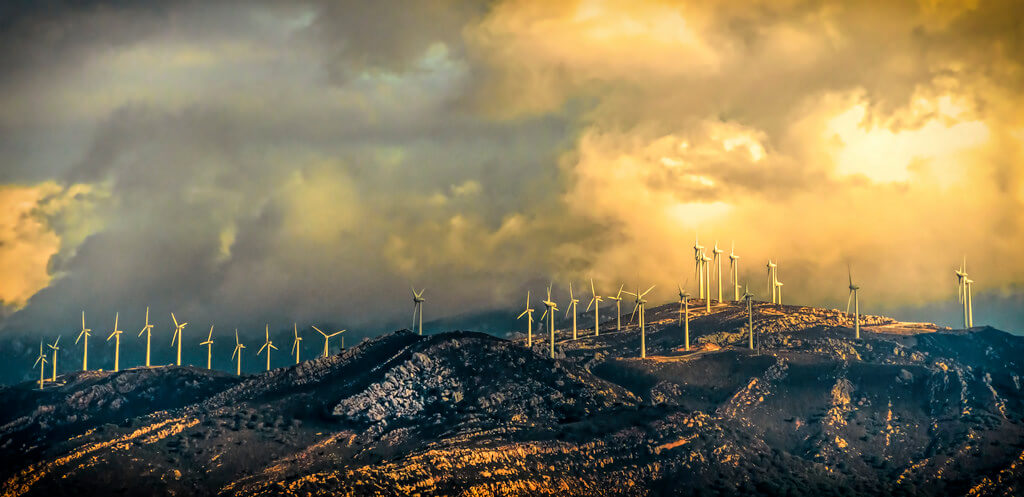
Denmark
While Denmark has some beautiful historic windmills, it’s mainly famous for its modern wind farms. Denmark is a pioneer in wind energy and was building wind turbines already in the 1970s. In fact, the history of wind power in Denmark goes back to 1900, when the Danish inventor Poul la Cour began experimenting with windmills and wind power.
Now, over 40% of Denmark’s electricity comes from wind power, the highest percentage in the world. The country has reached this achievement mainly through offshore wind farms. This choice was natural since Denmark has a lot of shallow sea territory with high wind speeds.
You can shoot these offshore wind farms in multiple locations. Currently, Denmark has 13 offshore wind farms to choose from, with 4 more in the future. Still want to shoot historic windmills? Luckily, there’s a Wikipedia list for old Danish windmills, too. It’s shorter than the French and English lists, but then again, that’s difficult competition.
CGP Grey – Windmills and Sailboats on the Ocean
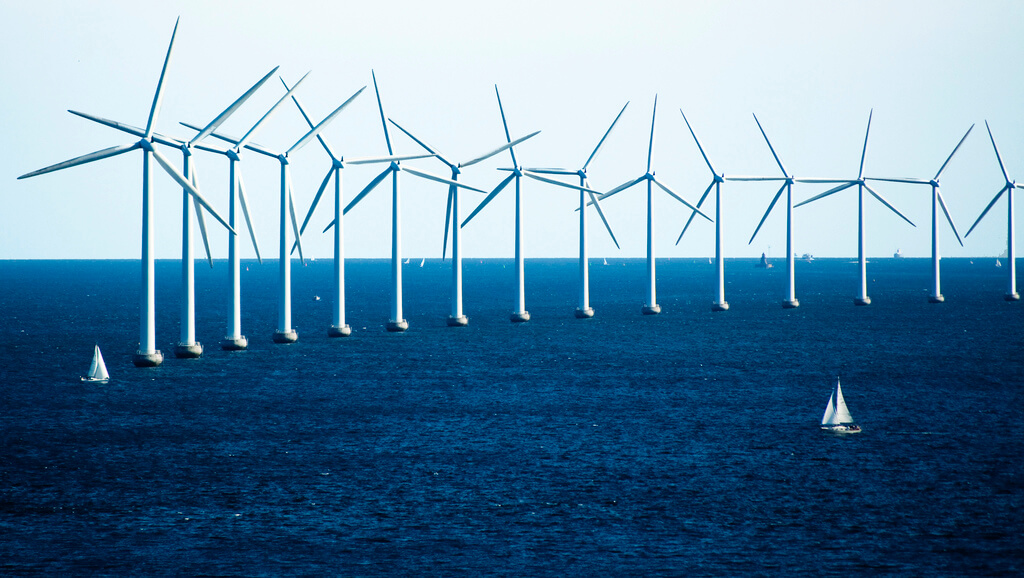
Giuseppe Milo – Bjerre windmill, Stenderup, Denmark – Landscape photography
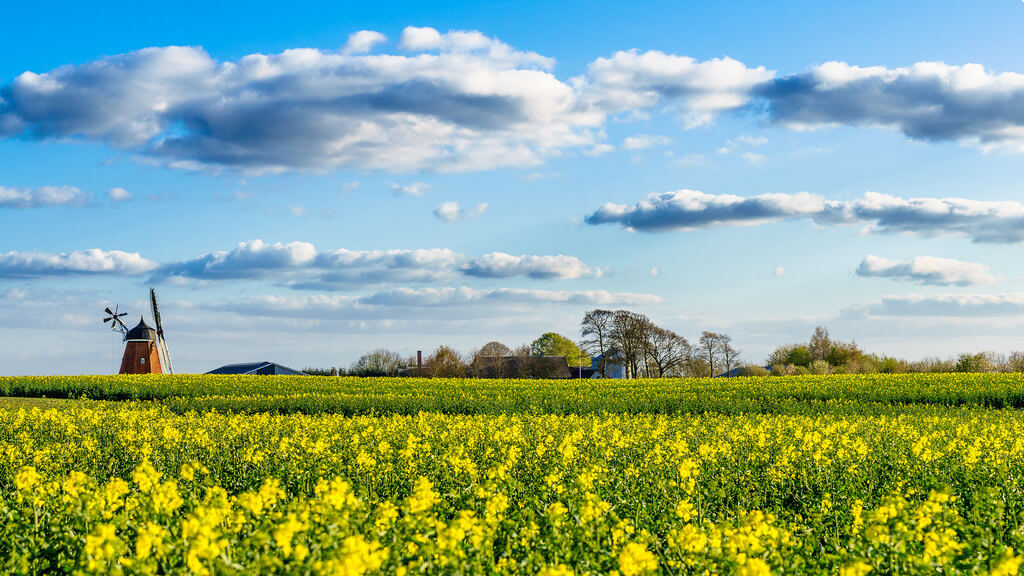
Giuseppe Milo – Bjerre windmill, Stenderup, Denmark – Travel photography
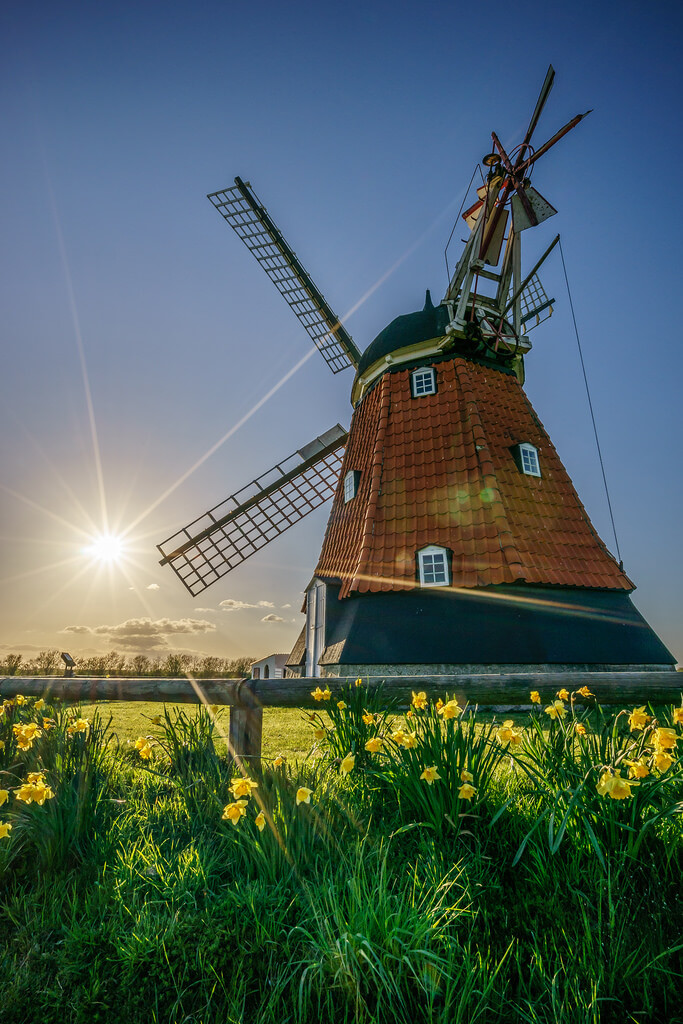
The Netherlands
The Netherlands is famous for its windmills. Though the Dutch began building windmills later than France, England, and Greece, they were more innovative with the windmills’ power. They used windmills for a wide variety of industries, from papermaking to shipbuilding. Dutch windmills didn’t just grind grain–they helped produce high-quality oil, chalk, cocoa, mustard, paint, and many other products.
Besides making commercial goods, Dutch windmills helped to create more land for farming. They pumped water out of the wetlands and became a powerful tool for controlling floods. Some of these “polder mills” are still in operation.
The Dutch have also kept their windmills in great condition. The country has over 1000 working windmills, and more are restored every year. Even if their original purpose is gone, they’re used in other ways, like as restaurants, housing, and tourist attractions. You can find beautiful old windmills all over the country, but for a high concentration of windmills in one place, visit Zaanse Schans or the world heritage site Kinderdijk.
Shane Taremi – De Adriaan Windmill, Haarlem, Netherlands
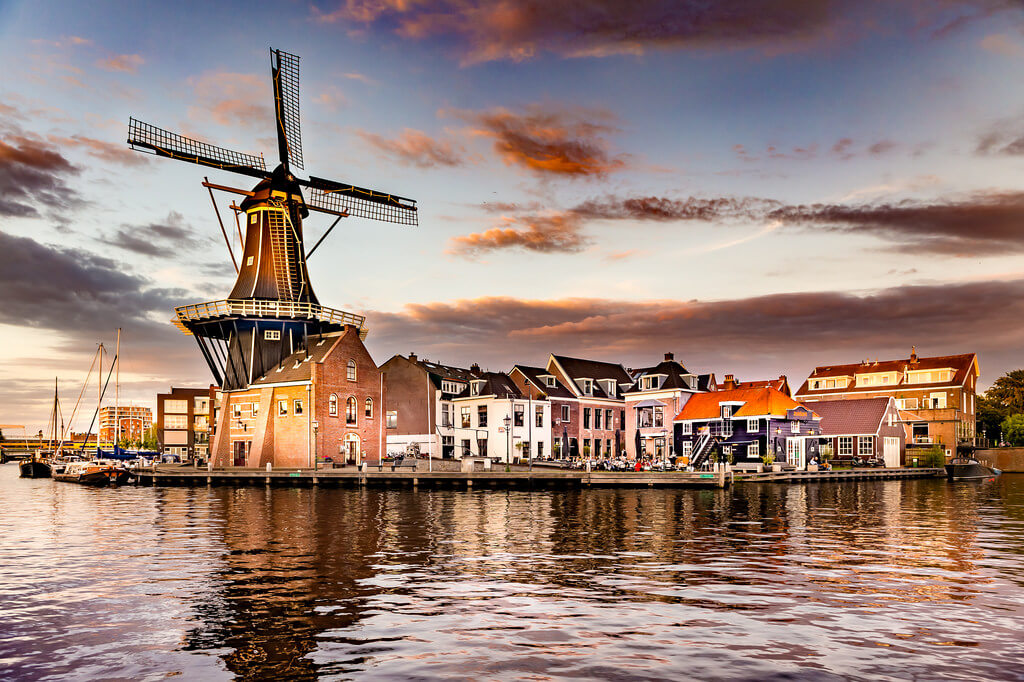
Roman Boed – Kinderdijk, Holland
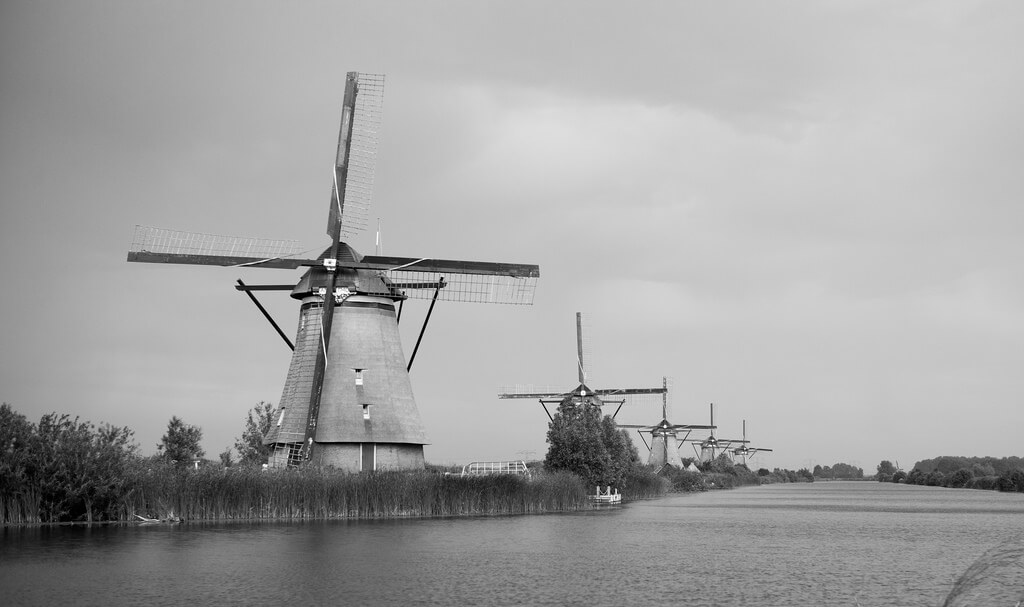
Marco Nürnberger – Round and Round
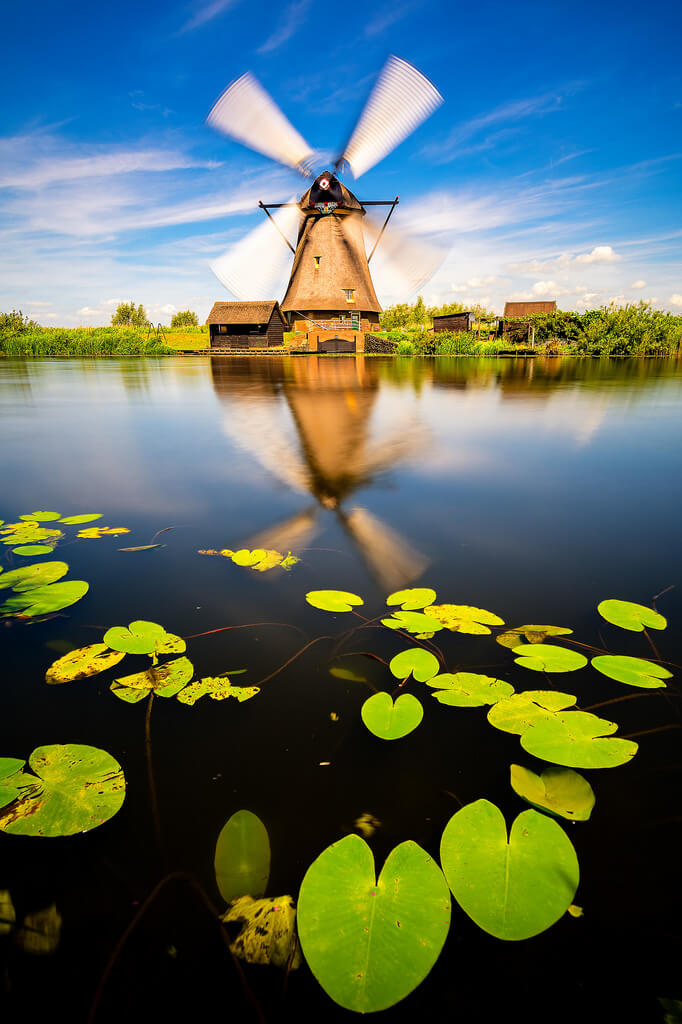
Japan
Historic windmills are uncommon in Eastern Asia because the regional diet was based on rice, not wheat. They didn’t need windmills for grinding grain or pumping water. Nevertheless, in Japan, you can find windmills that look historic, even though they’re not. These windmills were built in recent decades for amusement, using Dutch windmills as models. They’re part of a large theme park called “Huis ten Bosch,” which recreates the Netherlands with Dutch canals, buildings and, of course, windmills.
The theme park was inspired by the long-standing trade relations between Japan and the Netherlands, which go back 400 years. For 200 of those years, the Dutch held exclusive trade with the Japanese via a trading post near Nagasaki. This trading post, Dejima, was the main inspiration behind Huis ten Bosch and the authentic-looking Dutch windmills in Japan.
In addition to these windmills, you can get beautiful photos of Japanese wind farms in the rugged countryside. Some are these wind farms are constructed high up on mountain ridges, while others are closer to the coast. Either way, the mountainous scenery makes for stunning photos.
Hisakuni Fujimoto – red tulips
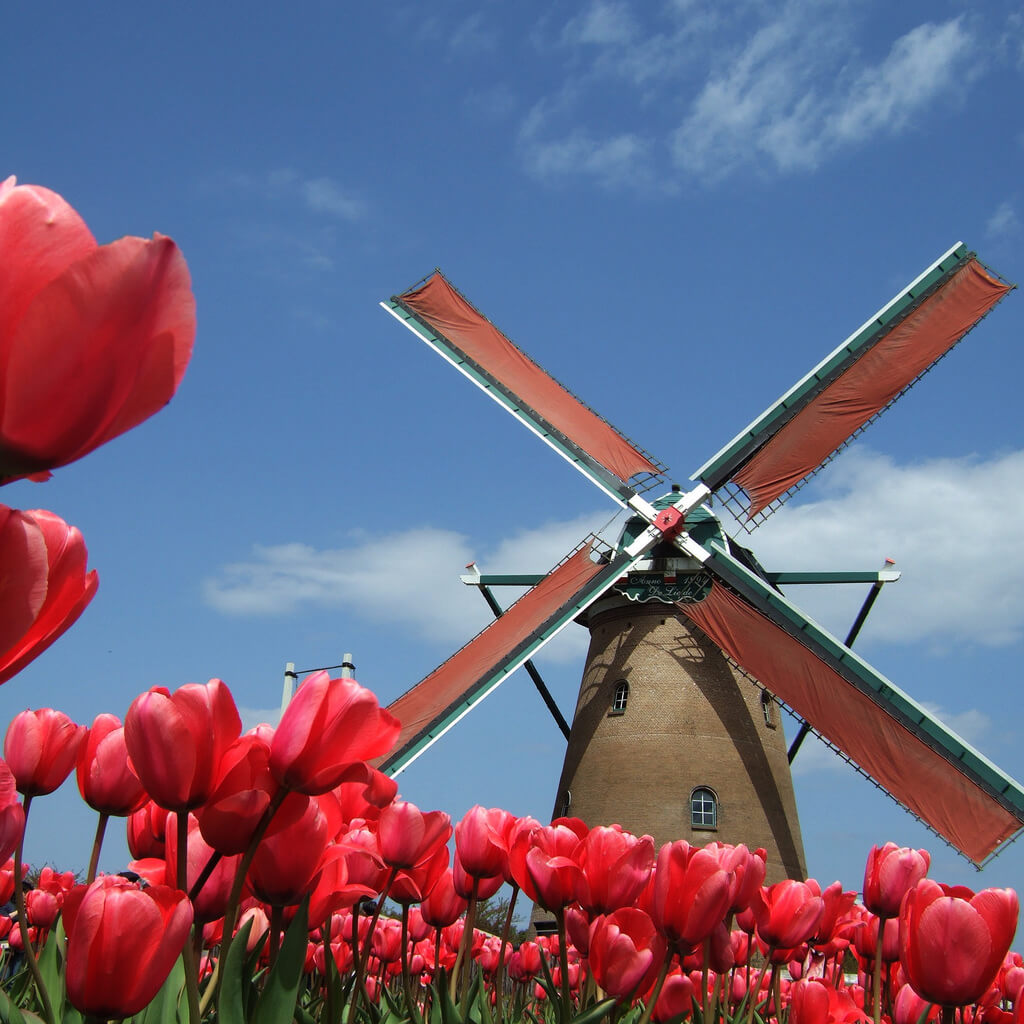
cotaro70s – view of windmills with my W650
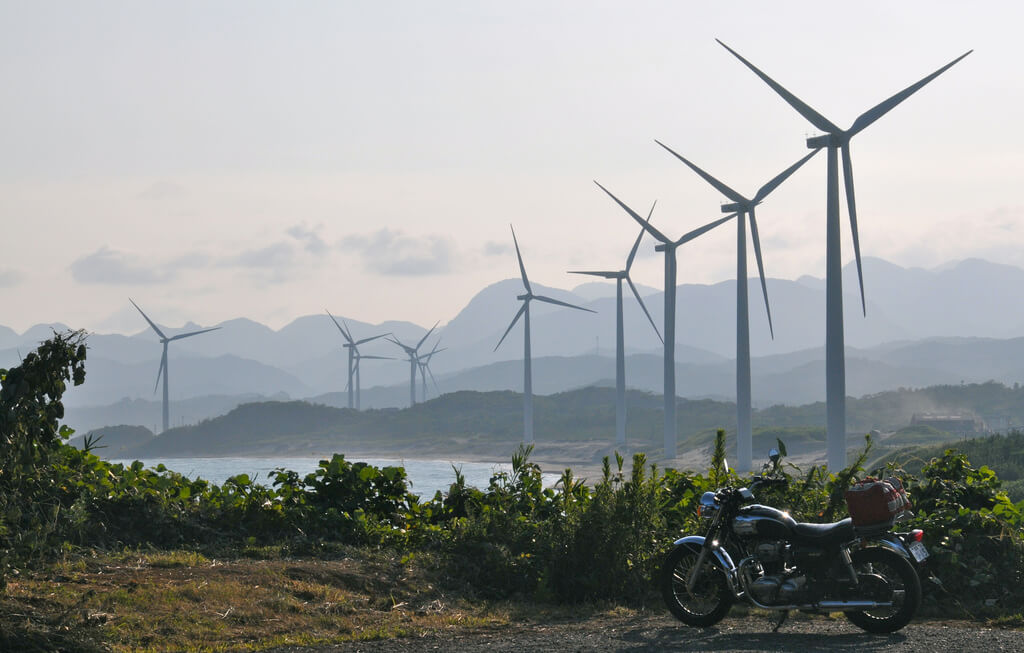
South Africa
Old European windmills can also be found in South Africa as remnants of colonial times. Originally, the country had dozens of these windmills, but many of since been demolished. The best surviving examples are in Cape Town, and the oldest one, Mostert’s Mill, is open to the public.
Besides historical windmills, South Africa has a lot of “windpumps,” or windmills that pump water. These windpumps are especially common in the country’s arid region, the Karoo. The Karoo is a massive desert, about the size of Germany, with difficult living conditions: extreme heat, frosts, floods, and droughts.
Despite these extreme conditions, the Karoo was home to the Khoisan, an indigenous people who lived in small nomadic groups. Large, permanent villages were impossible until the 19th century when multi-bladed windpumps were invented. These windpumps could tap into underground water in the Karoo, making long-term settlements and sheep farming possible. Now, they’re symbols of life in the Karoo.
South African Tourism – Karoo Windmill – South Africa
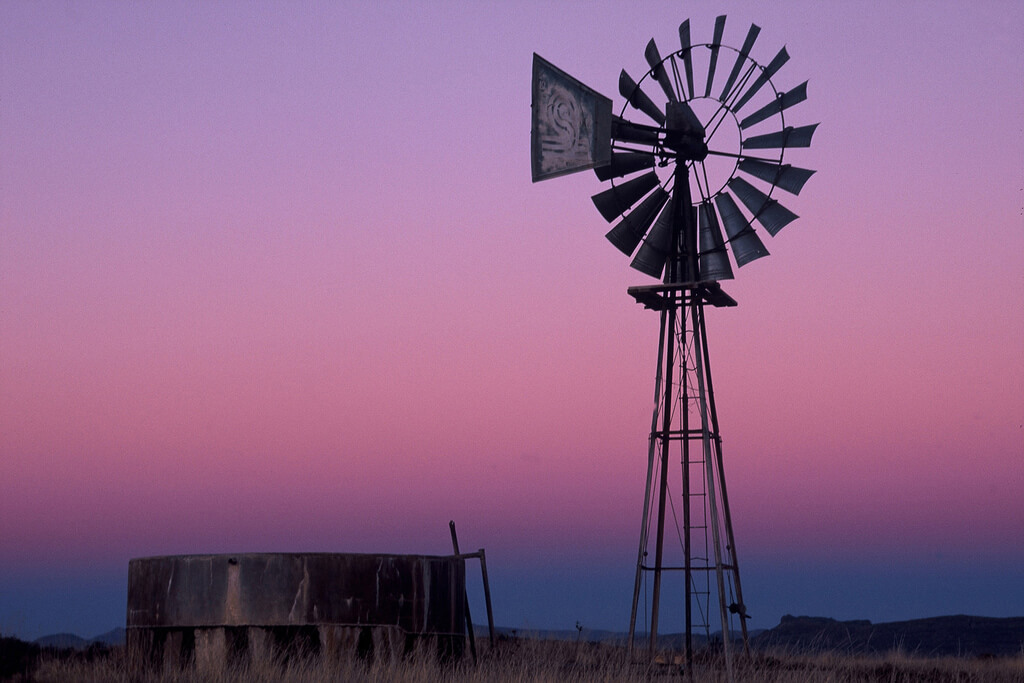
United States
The windpumps now common in South Africa were originally invented in the United States. They were an essential part of pioneer life, both for drinking water and for powering the steam trains that crossed the continent. By the early 20th century, there were around 600,000 waterpumps in the US, and about 10% of those are still in use.
In addition to windpumps, the US has a rapidly-growing wind industry. For example, between 2008 and 2013, wind power capacity the US more than doubled, from 25,000 MW to 61,000 MW, and it’s now at 89,000 MW. You can find wind farms all over the country, but especially in Texas, Iowa, Oklahoma, California, and Kansas.
The US has a lot of potential for wind power, too. According to the National Renewable Energy Laboratory, the US could easily produce enough wind energy to power the whole nation–and a few others. While the federal government hasn’t set any firm goals for the future, the industry is growing strong through individual state initiatives and support.
Tim Vrtiska – Windmill In Morning Fog
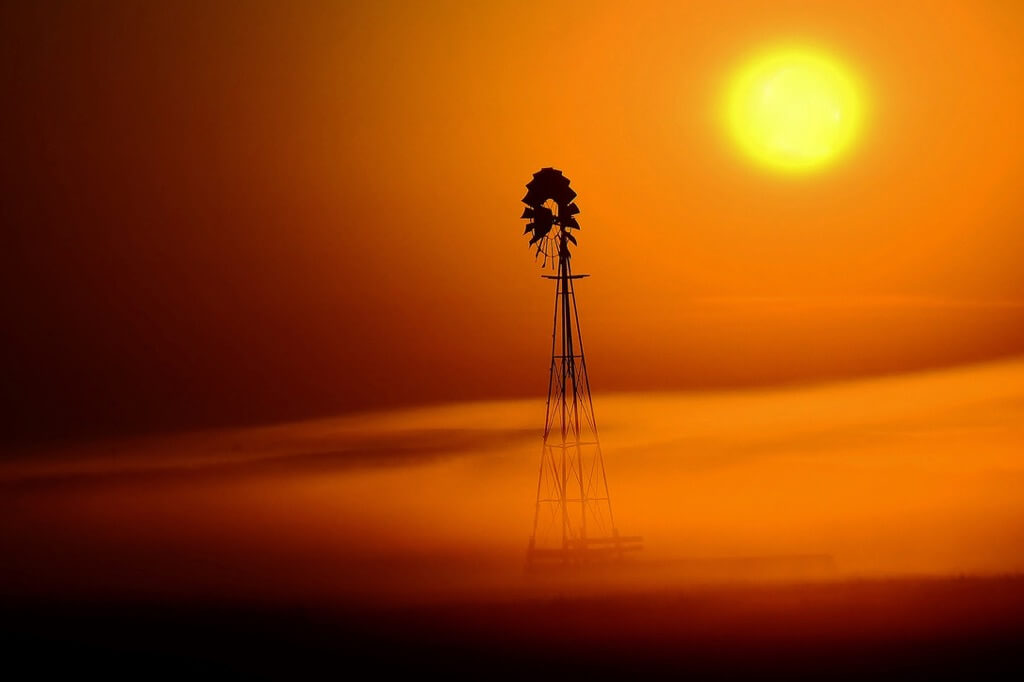
Kevin Dooley – Wind farm and greenhouse gas farm, together
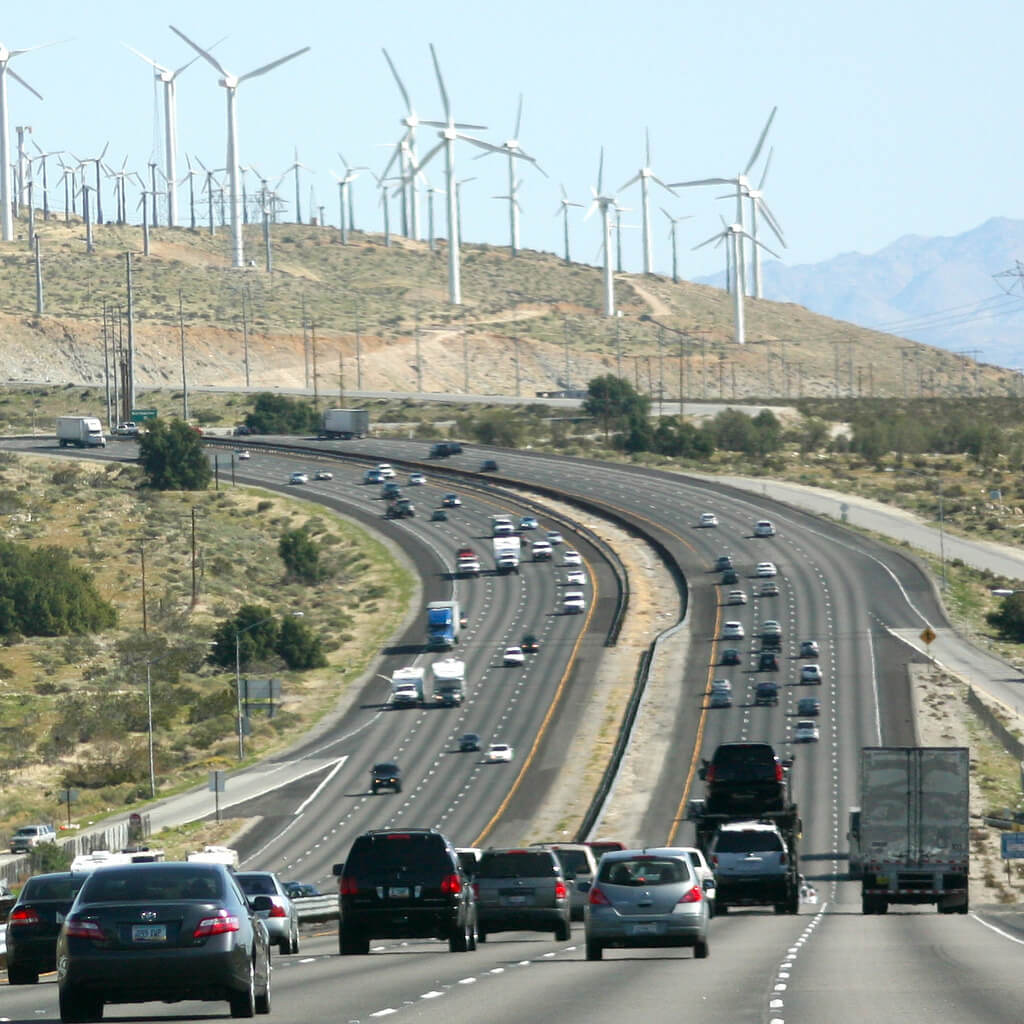
Charlie Day – Wind Fram off of Mountian House Rd
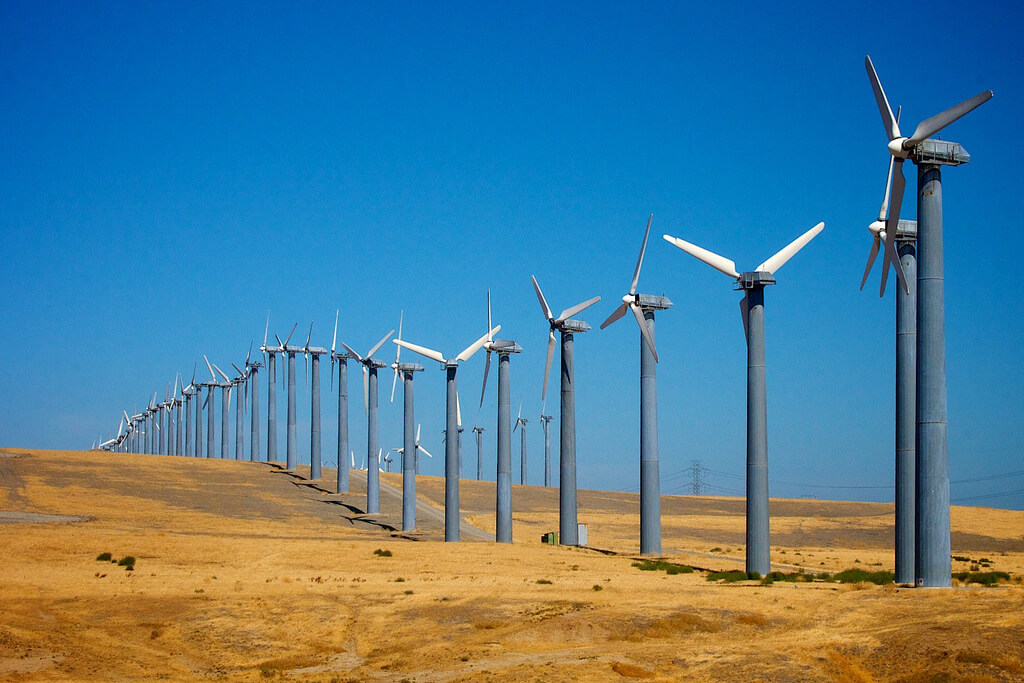
Canada
Canada has an interesting mix of windmills. You can find windpumps and modern wind turbines, but also French tower windmills from the 17th, 18th, and 19th centuries. Unlike their European counterparts, these historic windmills sometimes included elevated platforms and gun slits for self-defense. French settlers used them for both milling and fortification against attacks.
These old windmills were especially common in Quebec. The province has 19 tower windmills still standing, and many are now museums open to the public.
Of course, like the US, Canada also has a lot of wind power potential. Every province has at least one wind farm, if not twenty. Many more are planned, too. By 2025, The government aims to produce 20% of the country’s energy needs through wind power.
Jonathan Malboeuf – Moulin à vent de Pointe-Aux-Trembles
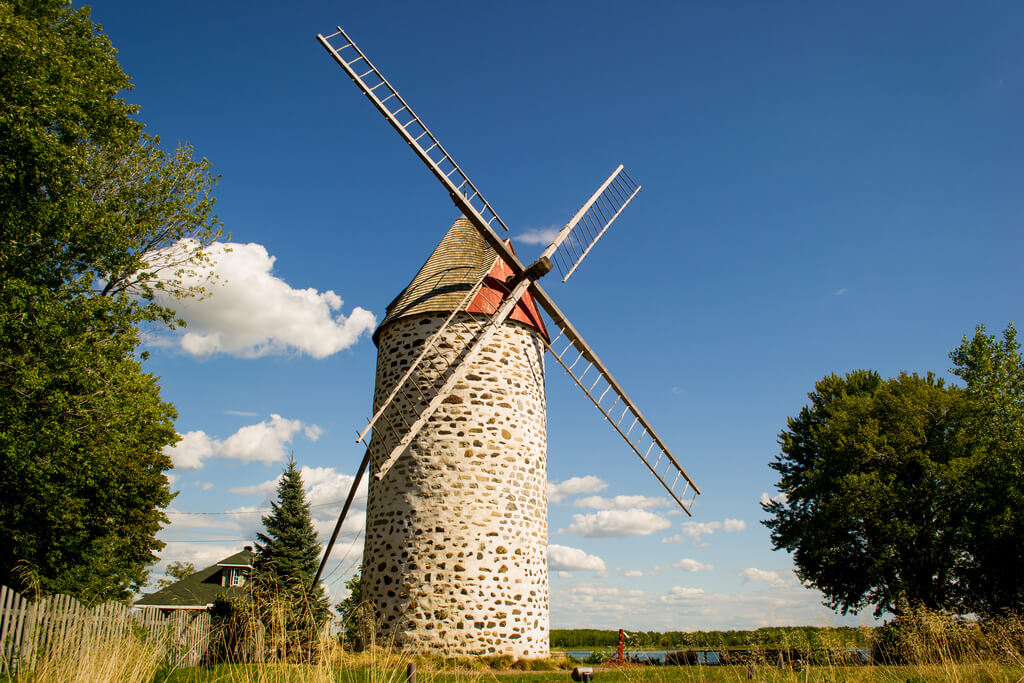
Dennis Jarvis – Pubnico Harbour Lighthouse & Wind farm
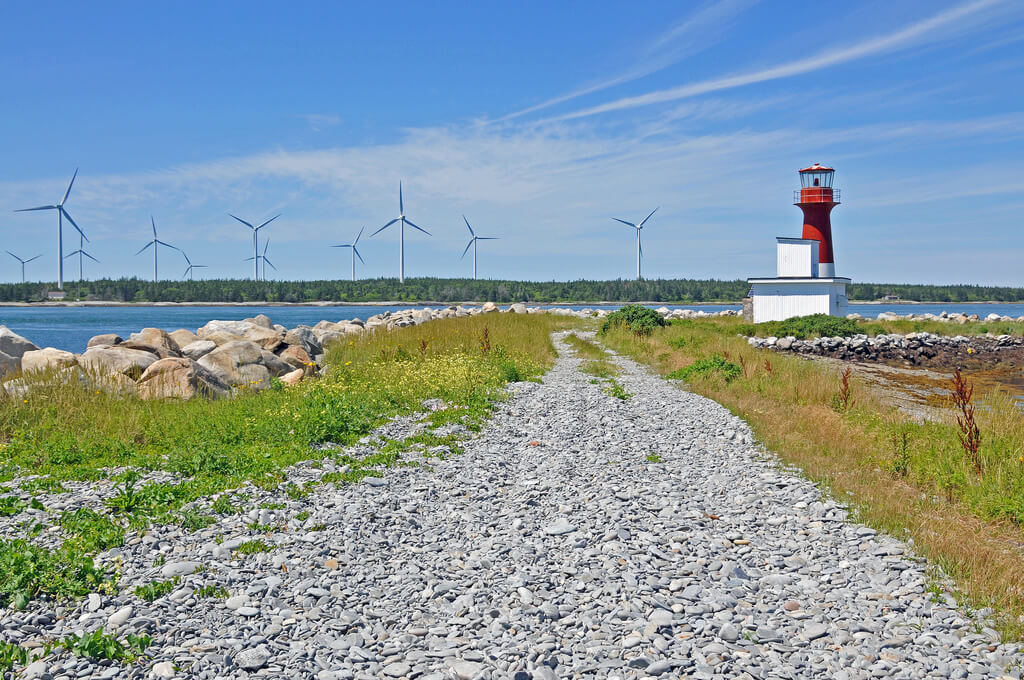
India
Like Denmark, India has a long history with wind power. The country began exploring possibilities for wind power already in 1952. They surveyed sites and even build some large windmills from wood and bamboo. This research process lasted 30 years, until finally in 1986, three wind farms were built as demonstration projects.
Those wind farms were a success, though the industry has only recently begun to really take off. Now, the country’s wind power capacity is the fourth largest in the world. Much of this power is generated in Tamil Nadu, a southern state that alone produces over 8,000 MW.
Interestingly, about 70% of India’s wind power is generated during the 5-month monsoon season in the Southwest. This big difference between seasons has led India to invest in hybrid solar-wind systems. These systems generate electricity in both sunny and stormy weather so that India’s power production can stay consistent throughout the year.
Nikhil Verma – Windmills on Talakaveri Top
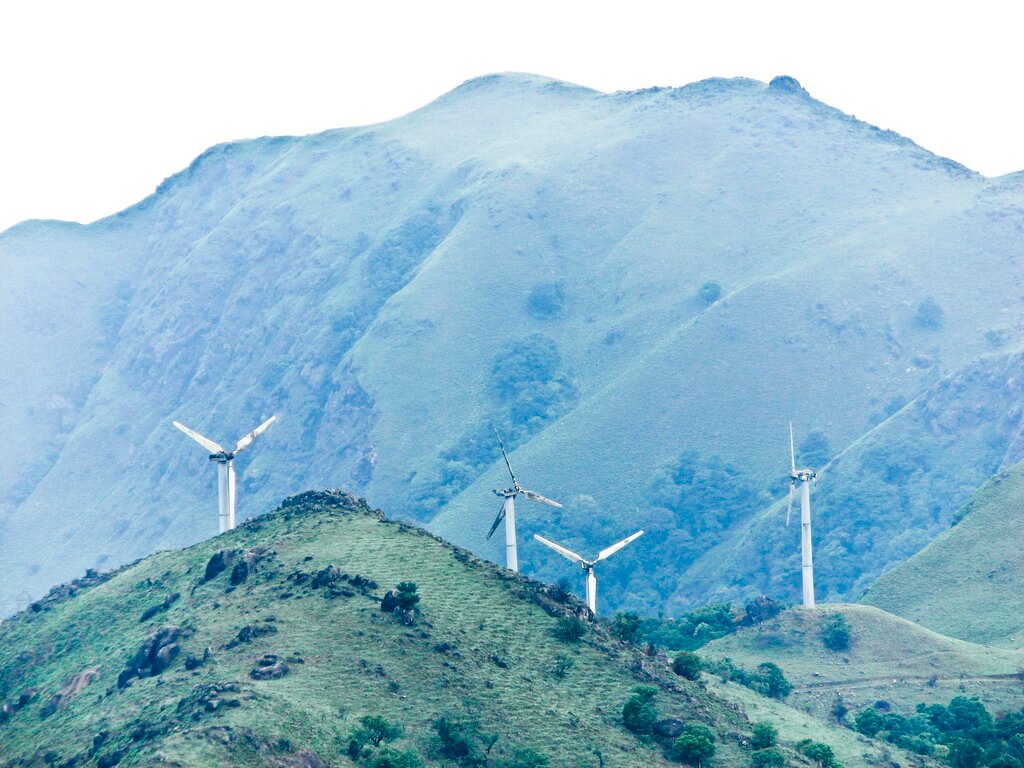
Rajarshi MITRA – Thar desert sunset!
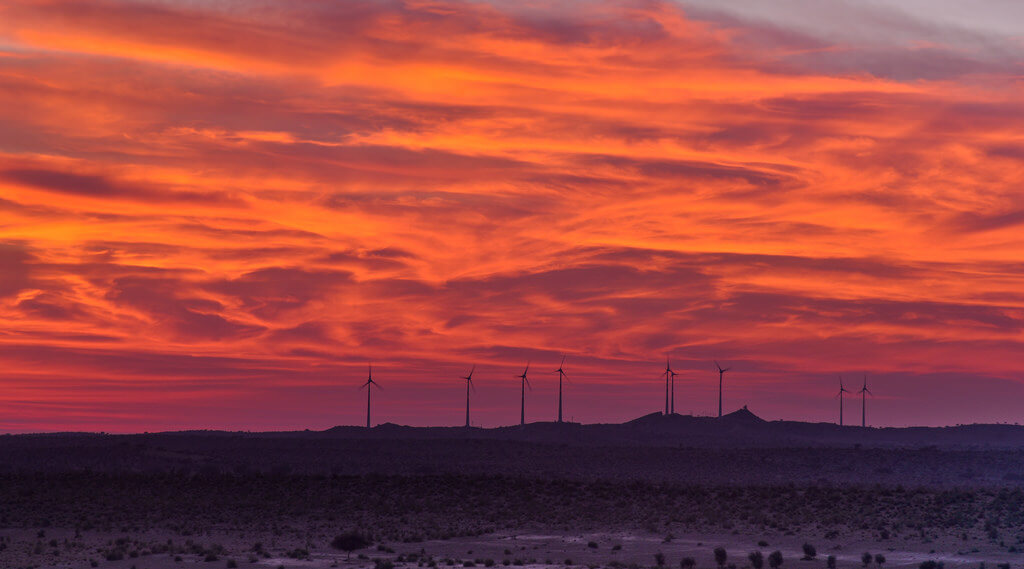
China
China is a rising powerhouse of renewable energy. The country outstrips the rest of the world in its construction of new wind farms. In 2017, China had over 163,000 MW of wind power capacity, far above any other country, and they’re building more at a rapid pace. Like the US, they have plenty of land and coastline to use for wind power, only construction in China is guided by the federal government rather than businesses and local governments.
Currently, the Chinese government is focusing most of their investment in six giant wind farms. The largest of these is the Gansu Wind Farm Project, which will have 20,000 MW of wind power capacity by 2020. It’ll be the largest wind farm in the world, by far.
However, despite this remarkable progress, China has yet to meet its goals regarding wind power usage. Though the country has incredible wind power capability, only a fraction of the generated electricity currently gets used. The industry faces several challenges, such as a lack of transmission lines between the wind farms and major cities.
Nevertheless, the government is committed to investing in wind power, believing it will pay off in the long-term. If they’re right, China is on track to becoming a future icon of green energy.
